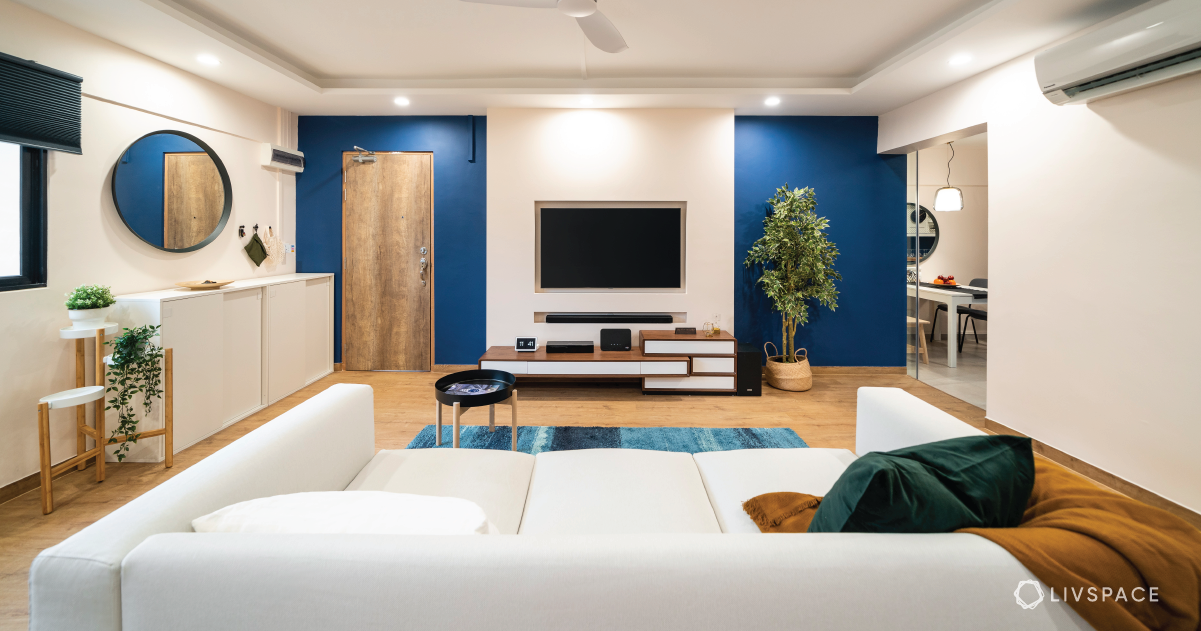Defining Good Interior Design
Good interior design goes beyond mere aesthetics; it encompasses a harmonious combination of functionality, aesthetics, and purpose. A well-designed interior reflects the personality and lifestyle of its occupants while creating a comfortable and inspiring environment. It balances form and function, resulting in a space that is visually appealing and serves its intended purpose seamlessly.

Key Elements of Good Interior Design
- Balance and Proportion: Achieving a sense of balance and proportion is crucial in good interior design. Balancing furniture, decor, and colors ensures that no single element dominates the space, creating a visually pleasing atmosphere.
- Color Harmony: A well-thought-out color scheme sets the tone for the entire space. Good interior design incorporates colors that complement each other, creating a cohesive and harmonious look.
- Functional Layout: An efficient and functional layout optimizes the use of space, ensuring that the flow of movement is smooth and natural. Each area should have a clear purpose and be easily accessible.
- Quality Materials and Craftsmanship: Using high-quality materials and craftsmanship enhances the longevity and appeal of the interior. Good interior design focuses on durable and well-crafted pieces that stand the test of time.
- Lighting and Ambiance: Proper lighting is essential in good interior design. Incorporating natural and artificial lighting creates the right ambiance and highlights key design features.
The Role of Personalization in Good Interior Design
Good interior design is not a one-size-fits-all approach; it should be tailored to the individual tastes and preferences of the occupants. Personalization allows the space to reflect the unique personality and lifestyle of those who inhabit it. Whether it’s incorporating cherished mementos or customizing decor, personal touches add depth and character to the design.
Achieving Timeless Appeal in Interior Design
- Classic Design Elements: Incorporating classic design elements with a modern twist ensures that the interior remains relevant and appealing over time. Timeless features, such as crown molding and elegant furnishings, add an air of sophistication.
- Neutral Foundation: A neutral foundation provides a versatile backdrop for the interior. Incorporating timeless neutrals like whites, grays, and beige allows for easy updates and adjustments to the decor as trends change.
- Functional and Long-Lasting Furniture: Investing in functional and long-lasting furniture pieces prevents the need for frequent replacements, maintaining the integrity of the design over the years.
- Embracing Minimalism: Emphasizing the beauty of simplicity and decluttering the space ensures that the design remains fresh and uncluttered.
The Impact of Good Interior Design on Well-being
Beyond aesthetics, good interior design has a significant impact on the well-being and happiness of its occupants. A well-designed interior promotes comfort, reduces stress, and fosters a positive atmosphere. Thoughtful spatial planning, natural elements, and incorporation of personal elements contribute to a space that nourishes the soul and enhances the quality of life.
Conclusion:
Good interior design is a delicate balance of aesthetics, functionality, and personalization. By incorporating key elements like balance, color harmony, and functional layouts, designers create spaces that stand the test of time. Embracing personalization and achieving timeless appeal ensures that the interior resonates with its occupants and maintains its allure for years to come. Moreover, the impact of good interior design on well-being reinforces its significance in creating spaces that nurture and inspire.